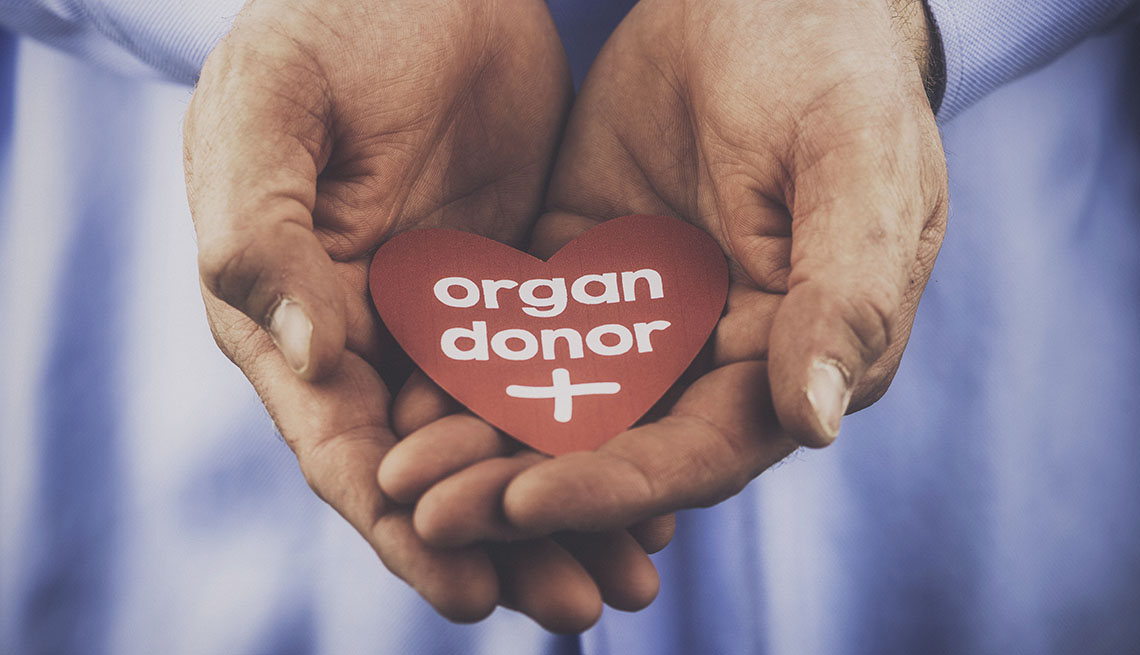AARP Hearing Center
Organ donation and transplantation have made many advances in recent years; they no longer exclude or limit people over age 50. Here are five things you need to know about them today.
1. When you say yes to donation, it’s legally binding.
When many people first got their driver’s licenses, there was often an opportunity to indicate their desire to be an organ donor. A sticker or a symbol on the license let others know, but the next-of-kin could refuse to honor their loved one’s request.
Now all 50 states, the District of Columbia and the U.S. Virgin Islands have enacted First Person Authorization to replace the previous “wish” to be an organ donor. This legislation makes one’s intent to be an organ donor after death legally binding, similar to having a living will or advance directive. The family is relieved from having to make a decision during a difficult time, avoiding disagreement among family members.
2. If you think you’re too old to be an organ donor, think again.
A woman in her 60s is alive and has a healthy liver today, thanks to 95-year-old Cecil Lockhart of West Virginia. Cecil registered to be an organ donor after his son, Stanley, died and became an organ and tissue donor in 2010, ultimately saving or healing 75 other people. With his own passing, Cecil gave “the gift of life” to someone else.
“The good news is someone over 50 can donate,” says Candy Wells, director of organ utilization at LifeCenter Northwest, a federally designated nonprofit organ procurement organization for Alaska, Montana, north Idaho and Washington. “As the need continues to grow for lifesaving transplants, we continue to partner with transplant programs to explore what is possible. With all donors, including advanced-age donors, we explore organ function of each organ, and if there is a possibility of saving even one life, we move forward.”
3. Organ recipients are most often 50-plus.
The U.S. provided more than 41,000 organs for transplant in 2021. And similar to recent years, about 62 percent of the organs were allocated to people 50 and older.
By midlife, lifestyle and health issues combine to cause damage to organs. In 2021, about 37 percent of organ transplants in people 50 and older involved type 2 diabetes.




































































